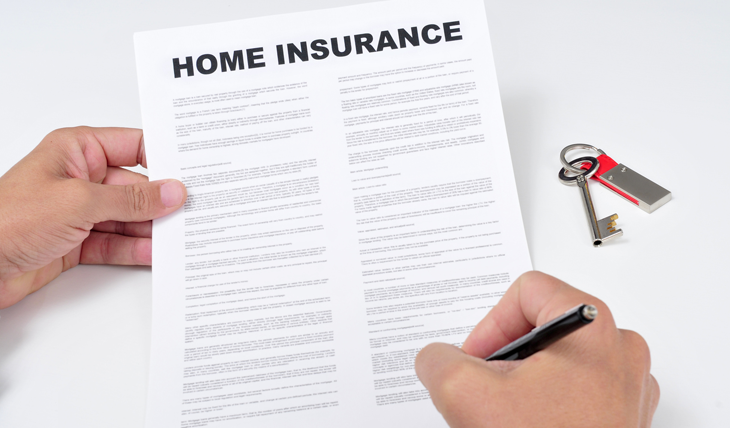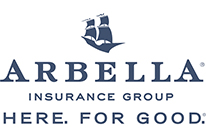
Are you planning to build your very own home?
Mortgage companies require you to apply for hazard insurance first before they give out a loan. This type of insurance under homeowners insurance not only protects their investment but yours too! Studies show that over 35 million homes are at high risk during natural disasters
Aside from hail, lighting, and fallen trees, you may also experience fire damage. This is where hazard insurance comes in. Read on to learn more about hazard insurance and why you need it.
Hazards, or perils, under homeowners insurance are often classified under weather damage. However, it also covers fire damage, vandalism, theft, and even explosions.
These perils can come in two sub-classes:' named perils' and 'open perils.' This will determine how much coverage you get if you ever encounter any of the above issues.
Named perils to include a list of 16 classified named disasters or hazards. If any of these 16 bad things happen, your home insurance company will pay for them. Opens perils coverage covers the cost of damaged possessions from all causes except those your policy specifically excludes.
One big reason why you need hazard insurance is its dwelling and structure coverages. Accidents and disasters are unpredictable and can happen at any time. Even with preparation, you may still need repairs or replacements after a disaster.
Dwelling coverages protect the incurred damages on the physical structure of your home. For instance, wildfires destroy half of your house's walls, or a hailstorm destroys some of your shingles. Your hazard insurance's dwelling coverage will handle any of these cases.
Other structure coverages cover other structures in your property apart from the house. These would include damaged fences, sheds, or detached garages.
For cases when a storm breaks down your property's fences, you'll be able to get some help from your hazard insurance to pay the repairs or replacements.
Policy coverages can change depending on which state you live in. However, most homeowner's insurance policies cover damages from most natural disasters. This includes storms, fire, and lightning strikes.
The only exception is flood damages, which are not covered in most hazard insurances. This is because sometimes it's subsection insurance in many home insurance companies. If you also wish to get flood insurance, talk to your house insurance provider.
When it comes to hazard insurance, it not only covers your structural issues. Some insurance policies can also protect you in lawsuit cases from injuries that happen on your property.
If a neighbor's kid decides to enter your property and gets hurt while they're there, you won't get held accountable. Hazard insurance helps you to pay for the necessary legal fees in case your neighbors decide to sue.
Many house insurance policies cover cases of theft and vandalism. However, it's best to check on your policy to know how much coverage you can get in these circumstances.
Breaking and entering often cause valuable possessions in your home to get taken. Stolen high-value jewelry like diamond earrings is also covered in your hazard insurance. Your home insurance company can help you pay for these valuable items.
However, it's crucial to note that you must inform them about this beforehand. If your insurance company doesn't know you have high-value jewelry in your home before a theft incident, you may not be able to get coverage.
There may also be instances when your vandalism claim can get denied. This can happen because of negligence or if your house has been vacant for over two months or 60 days.
Another thing about hazard insurance is that it covers damages on personal property. Personal property refers to any of your belongings, from clothes to houseware.
For example, your television set either gets stolen or damaged during a fire. Your home insurance can then help pay to replace the damaged or stolen items.
Your HMI's hazard insurance also has a loss of use coverage. This is what others call Additional Living Expenses (ALE) insurance. Some call it Coverage D.
This coverage means that your home insurance can pay for any extra costs for housing and living expenses. This is crucial if your house is under repair or renovations.
ALE also compensates for extra expenses from temporary relocation after a covered loss. A good example would be having lost your home due to a wildfire. The Loss of Use coverage can reimburse you for the costs of hotels and such.
Medical payment coverage helps with the medical bills of people who get hurt on your property. This can include family members or even strangers.
This coverage also acts as a financial shield for minor injuries. Apart from that, it will help you avoid an injured person suing you for monetary compensation.
The final important reason is that your lender would need you to have one. Hazard insurance is the only policy under house insurance that covers your home's structure. Your mortgage loan provider requires you to have hazard insurance before they can issue you a loan.
Hazard insurance is an important subsection of your insurance policy. They help cover your home and property, your damaged or stolen belongings, and extra living expenses. Not only that, but they also protect your liability by covering legal and medical fees.
While lenders often need you to have one before getting a loan, it's a great thing to have to protect your personal property. Learn more about homeowners' insurances by contacting us today.




